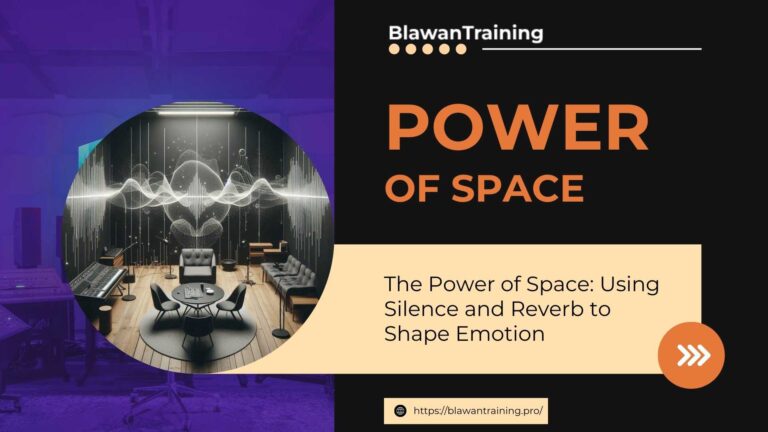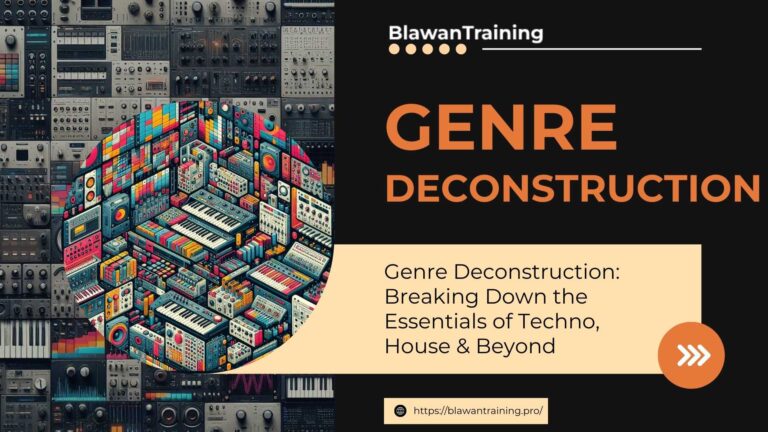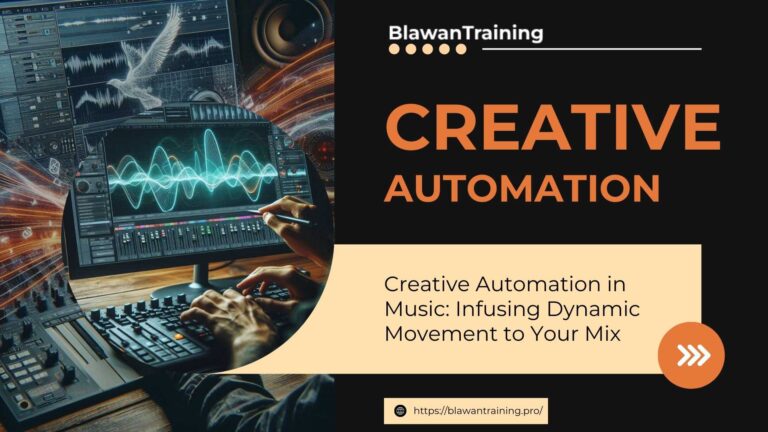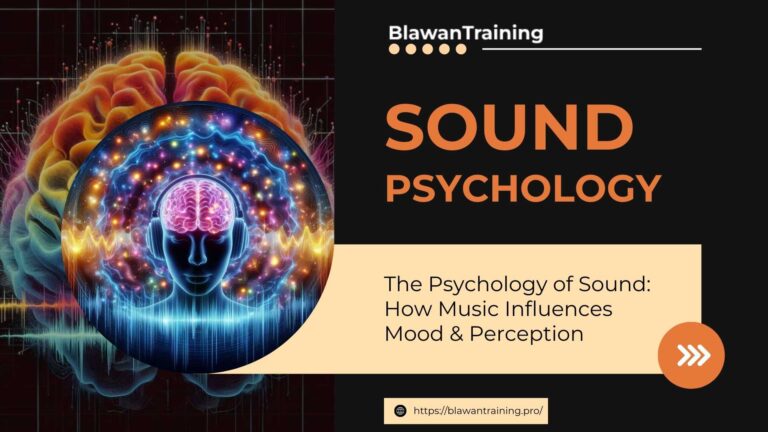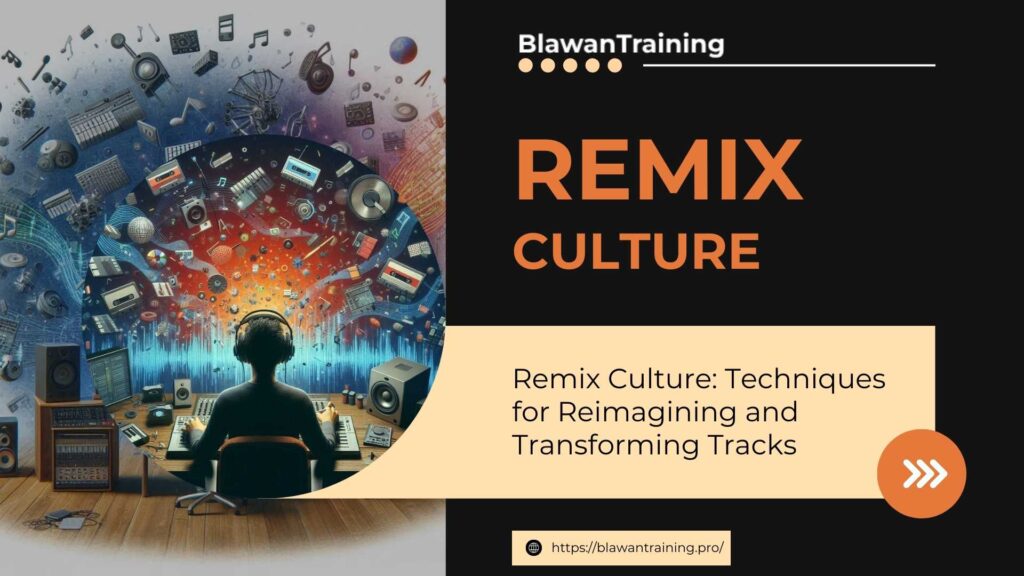
Remix Culture
Introduction: Remix Culture
In today’s musical landscape, Remix Culture thrives as artists and producers continually reimagine existing tracks, breathing new life into familiar melodies and rhythms. Remixing isn’t just about adding a fresh beat, it’s a creative process that transforms the original work, showcasing technical skill and artistic vision. Whether you’re a bedroom producer or a seasoned DJ, understanding Remix Culture and mastering its key techniques will elevate your productions and connect you with a vibrant global community of creators.
What Is Remix Culture?
Definition of Remix Culture
Remix Culture refers to the practice of taking existing audio songs, samples, field recordings and recombining, altering, or enhancing them to create new artistic works. This collaborative and iterative process blurs the lines between creator and audience, enabling a dynamic exchange of musical ideas.
Historical Context
- Early Tape Manipulations: Pioneered in the 1960s and ’70s, dub reggae artists like Lee “Scratch” Perry used tape delays and splices to reinvent tracks.
- Hip-Hop Sampling Era: In the 1980s, DJs and producers sampled funk and soul records to craft breakbeats, laying the foundation for modern remixing.
- Digital Revolution: Today’s DAWs (Digital Audio Workstations) and sample libraries have democratized remixing, making it accessible to anyone with a computer.
Why Remix Culture Matters
Creative Exploration
Participating in Remix Culture allows you to experiment with new genres, sounds, and workflows. By dissecting a track’s stems and rearranging elements, you discover novel approaches to composition and sound design.
Community and Collaboration
Remix projects often foster collaboration, as original artists share stems and producers swap ideas. This exchange builds networks, leads to co-productions, and strengthens musical communities worldwide.
Marketing and Exposure
A well-executed remix can introduce your work to new audiences. Established artists frequently release remix contests, offering emerging producers a platform to showcase their talent and potentially gain industry recognition.
Essential Tools and Techniques for Remix Culture
Stem Separation and Analysis
- Acquiring Stems
- Official Stems: Download multitrack stems provided by original artists or labels.
- Remix Packs: Purchase or request stems from remix competitions.
- Analytical Listening
- Structure Mapping: Identify intros, verses, choruses, and breakdowns.
- Element Isolation: Solo individual stems (drums, bass, vocals) to understand their sonic character and frequency range.
Tempo and Pitch Manipulation
- Time-Stretching
- Elastic Audio/Warps: Use DAW features (Ableton Live’s Warp, Logic Pro’s Flex) to sync stems to your desired BPM without affecting pitch.
- Pitch-Shifting
- Melodic Variation: Shift vocal or instrumental stems up or down to fit a new key, enabling harmonic experimentation and building fresh emotional contexts.
Sampling and Slicing
- Creative Chopping
- Drum Hits: Slice rhythmic loops into one-shot samples for reprogramming in new patterns.
- Vocal Phrases: Cut vocal hooks into micro-samples, rearranging them as rhythmic or melodic motifs.
- Layering
- Textural Depth: Combine multiple samples (e.g., a vinyl crackle with a field recording) beneath a loop to add warmth and complexity.
Arrangement and Structure
- Rebuilding the Groove
- Intro and Drop: Craft unique builds and drops by introducing stems one at a time, building tension before the full arrangement kicks in.
- Dynamic Contrast: Use breakdowns and filter sweeps to create space and highlight key elements.
- Custom Transitions
- Effects Automation: Automate reverb, delay, and filter parameters to smooth transitions between sections.
- Reverse Impacts: Insert reverse cymbal swells or vocal chops to signal upcoming changes.
Sound Design and Effects
- Processing Stems
- EQ Carving: Remove conflicting frequencies to ensure each element has its own space in the mix.
- Saturation & Distortion: Add character and grit to clean stems, making them feel more “analog” or aggressive.
- Creative Effects
- Granular Synthesis: Transform small audio snippets into evolving pads or textures.
- Resampling: Render processed stems and re-import them for further manipulation, creating new sonic variations.
Re-Harmonization and Melodic Variation
- Chord Substitution
- Alternative Harmonies: Replace original chords with new progressions to evoke different moods e.g., swap a major progression for a minor one to introduce melancholy.
- Counter-Melodies
- Complementary Lines: Write new melodies that interplay with the original vocal or instrumental hooks, adding depth and originality.
Genre Fusion and Creative Experimentation
- Hybrid Styles
- Cross-Genre Remix: Merge Techno percussion with R&B vocals, or combine tropical house synths with trap drums to craft a unique sonic signature.
- Cultural Influences
- Global Sounds: Incorporate ethnic instruments or rhythms like Afrobeat percussion or Middle Eastern scales for a fresh, worldly flavor.
Collaboration and Feedback Loops
- Co-Production
Shared Projects: Work alongside other producers in real time via cloud-based DAWs or file-sharing platforms, exchanging ideas and stems.
- Iterative Feedback
Peer Reviews: Submit draft remixes to online forums or trusted colleagues, incorporating critiques to refine your track before release.
Legal and Ethical Considerations
- Licensing and Clearances
- Derivative Works: Ensure you have permission or a remix license from the original copyright holder before distributing your remix commercially.
- Royalty Splits: Agree on credit and payment splits to avoid disputes post-release.
- Fair Use and Promotional Releases
- Promotional Use: Non-commercial remix releases can sometimes fall under fair use, but always confirm legal allowances in your jurisdiction.
- Tips for a Successful Remix
- Respect the Original: Honor the track’s core elements such as vocals, hooks, or signature riffs, while injecting your unique style.
- Keep It Balanced: Strike a balance between familiarity and innovation so listeners recognize the original but remain intrigued by your twist.
- Test Across Systems: Preview your remix on headphones, studio monitors, and consumer speakers to ensure translation across playback environments.
- Engage Your Audience: Release teasers, stems, or remix stems packs to involve fans in the creative process and build hype.
Conclusion: Remix Culture
Embracing Remix Culture not only expands your technical skillset but also deepens your creative horizons. By mastering stem separation, tempo manipulation, sampling, arrangement, and sound design, you’ll be equipped to transform any track into a distinctive work of art. Moreover, understanding legal considerations and audience engagement strategies ensures your remixes reach the widest possible audience.
At BlawanTraining, we offer comprehensive courses on remix production, covering DAW workflows, advanced sound design, and arrangement techniques. Our expert tutors guide you through hands-on projects, helping you develop the confidence and proficiency needed to stand out in today’s remix landscape.
Ready to redefine your remix game?
Explore BlawanTraining’s Remix Courses and start crafting transformative remixes that turn heads and break boundaries.
